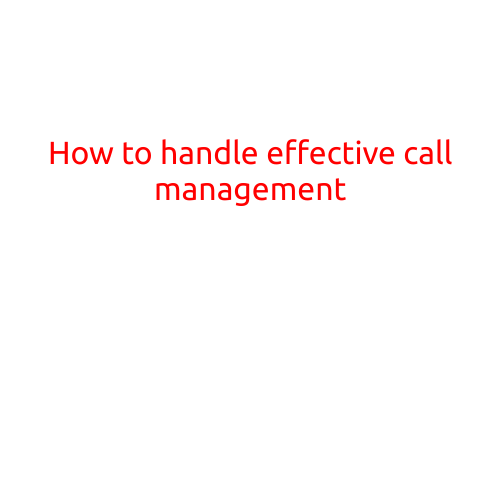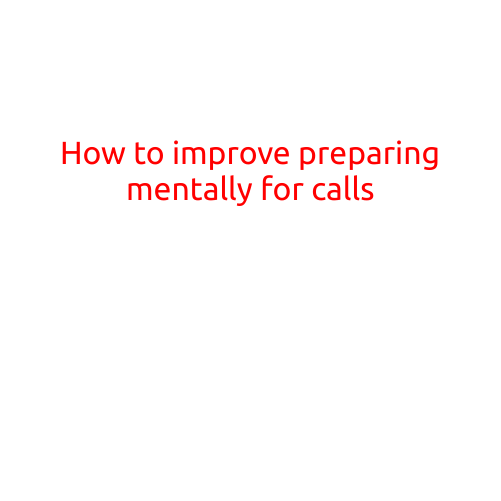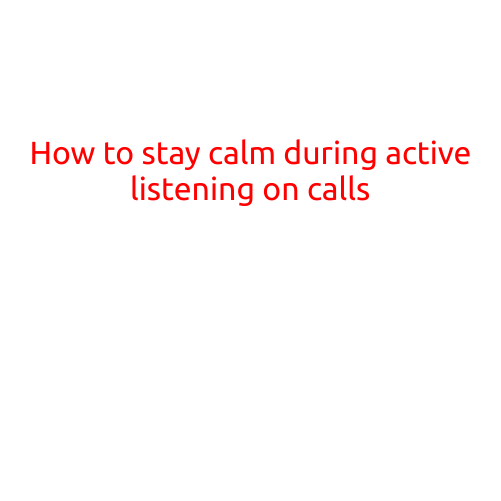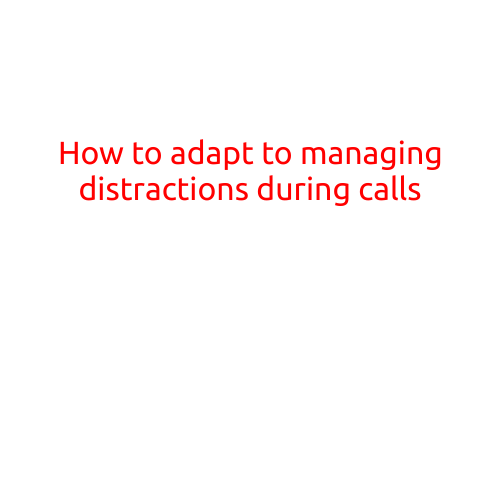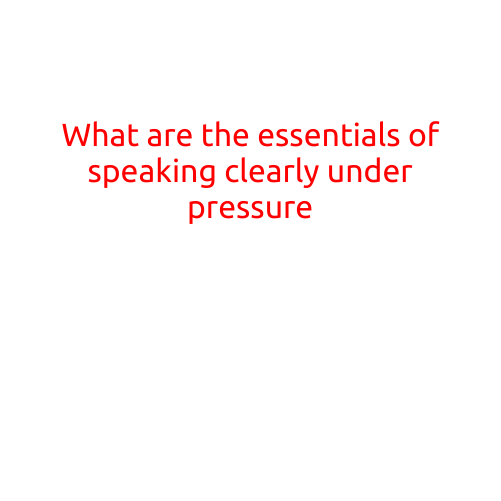
What are the Essentials of Speaking Clearly Under Pressure?
Speaking clearly and confidently under pressure is a crucial skill that can make all the difference in both personal and professional settings. Whether you’re delivering a presentation in front of a large audience, participating in a meeting, or handling a difficult conversation with a customer, being able to communicate effectively when the stakes are high is essential.
However, speaking clearly under pressure can be challenging, especially for those who are naturally introverted or who experience anxiety or nervousness in public speaking situations. But with practice and preparation, anyone can develop the skills to speak clearly and confidently, even in the most pressurized situations.
In this article, we’ll explore the essentials of speaking clearly under pressure and provide tips and strategies to help you improve your communication skills in high-stakes situations.
Essential #1: Preparation is Key
To speak clearly under pressure, you need to be well-prepared. This means researching your topic, understanding your audience, and practicing your presentation or conversation until you feel confident and comfortable.
• Research your topic: Make sure you have a deep understanding of the subject matter and can answer questions and address concerns. • Understand your audience: Know who your audience is, what they care about, and what they want to take away from your presentation or conversation. • Practice, practice, practice: Practice your presentation or conversation until you feel confident and comfortable with the material.
Essential #2: Breathe and Relax
When we’re speaking under pressure, it’s natural to feel anxious or nervous. But taking deep breaths and relaxing can help calm your nerves and improve your communication.
• Take deep breaths: Take slow, deep breaths in through your nose and out through your mouth to calm your nervous system. • Relax your body: Release any tension in your body, such as clenching your fists or jaw, and stand or sit up straight. • Focus on your message: Instead of worrying about how you’re coming across, focus on the message you want to convey.
Essential #3: Speak Slowly and Clearly
Speaking slowly and clearly is essential when communicating under pressure. This helps to ensure that your audience can follow your message and understand what you’re saying.
• Speak slowly: Take your time and speak at a pace that allows your audience to absorb what you’re saying. • Enunciate clearly: Make sure to pronounce each word clearly and correctly, especially for audience members who may not speak the same language. • Use pauses effectively: Use pauses to add emphasis or to allow your audience to absorb what you’re saying.
Essential #4: Use Positive Body Language
Positive body language can help you to feel more confident and assertive when speaking under pressure. This can also help to engage your audience and convey your message more effectively.
• Maintain eye contact: Look directly at your audience and avoid avoiding eye contact. • Use confident gestures: Use gestures to emphasize your points and engage your audience. • Stand or sit up straight: Maintain good posture to convey confidence and authority.
Essential #5: Focus on Your Message
When speaking under pressure, it’s easy to get distracted by your own anxiety or nervousness. But focusing on your message and why you’re communicating can help to keep you on track and ensure that you’re communicating effectively.
• Identify your purpose: Know why you’re communicating and what you want to achieve. • Focus on your message: Instead of worrying about how you’re coming across, focus on the message you want to convey. • Use storytelling techniques: Use storytelling techniques to make your message more engaging and memorable.
Essential #6: Practice, Practice, Practice
Finally, practice is essential when it comes to speaking clearly under pressure. The more you practice, the more comfortable you’ll become with your message and the more confident you’ll feel when speaking in front of an audience.
• Practice your presentation: Practice your presentation or conversation until you feel confident and comfortable with the material. • Role-play different scenarios: Practice different scenarios, such as handling questions or overcoming objections, to help you feel more prepared. • Seek feedback: Seek feedback from others on your communication style and messaging to help you improve.
In conclusion, speaking clearly under pressure requires preparation, relaxation, slow and clear speech, positive body language, focus on your message, and practice. By following these essentials, you can improve your communication skills and become a more effective and confident communicator, even in the most pressurized situations.

